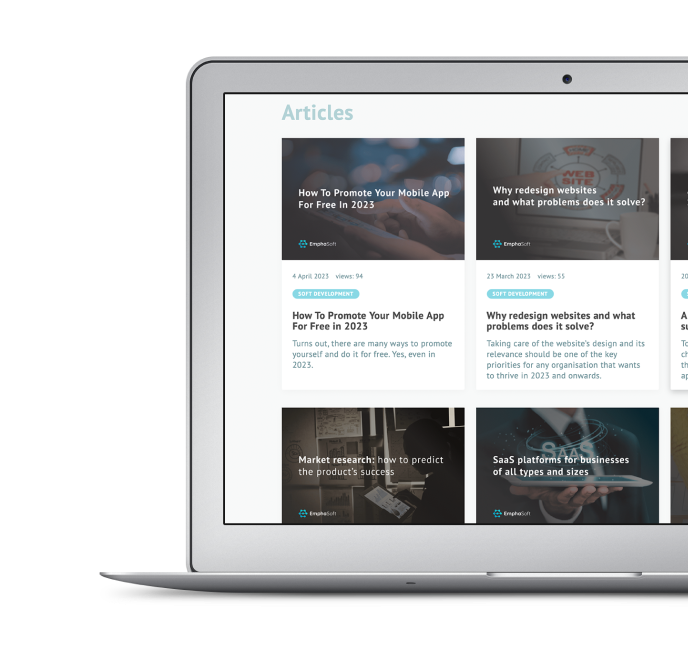In current times, mobile apps have emerged as tools people use on a daily basis. They aren’t only tools for the users, but also a great channel of customer communication for the businesses and a source of profit with millions of annual downloads from the App Store and Google Play.
Different companies and entrepreneurs still line up their own new digital products every year. But, the app development process is sometimes difficult for businessmen to understand.
Let's discuss the app development process.
Step 1 – The idea and Researching
Basically, it starts with an unusual, yet a great, idea. However, if your idea seems good to you, it might have been developed many years ago. Hence, research is the first actual step that you need to consider in the app development process. Also, you need to describe your unique solution and your potential buyers. Your app needs to address some pain points of the customers.
After that, you need to check if there are any apps providing the same thing, how many people are using them, and much more. If you have decided that you can easily compete in the market, then you have to devote quite some time researching the other products. You should download competitors’ apps and test them for some weeks.
Step 2 – Analyzing, planning, and design
After you have determined the primary purpose of your app and studied your competition and target group, it is time to analyze the information, develop the idea, plan the budget, and create a design. You can start the planning process by deciding which platform you wish your app to be for. During analysis and planning, you should decide whether this application will be for iOS, Android, or both. The final cost and the number of special developers will depend on this. At this stage, the UI / UX designer will create prototypes of the application for future development.
Step 3 – Coding
After analyzing, planning, and once the design developers receive app design mock-ups, you can begin to “create”. Programmers "transform" a static picture into an interactive working model. Programming a mobile application is carried out according to the SCRUM methodology – phased planning of tasks and the breakdown of their implementation into sprints. A mobile app project is made up of three integral parts: back-end, API(s) and the mobile app front-end. A back-end includes a database and server-side objects necessary for supporting the functions of your mobile app. An API carries out communication between the app and a back-end server/database. The front-end is the native mobile app for end-users. iOS and Android applications differ regarding the actual code since Android uses Java, while iOS makes utilization of Objective-C or Swift.
Step 4 – Testing and bugs fixing
Every mobile app will have different bugs that need to be fixed before the release. In order to find and fix them, programmers need to run A/B tests. Testing is imperative to an app’s future success because it helps to identify weaknesses and mistakes.
Step 5 – Release
Right before you submit the app to the Apple App Store or Google Play, you need to write the app’s title, description, category, keywords, launch icon, and screenshots. After that, you can release the application and track its effectiveness, as well as the number of downloads.
Conclusion
Here we have explained the five key steps of the app development process. But the app work never ends in case you decide to offer constant updates to your clients, compete with other companies, and earn more money. The best way to develop your own application is to hire a team of professional developers and constantly keep in touch with them. It is important that developers are flexible and have extensive experience in developing mobile applications.









 Schedule a Discovery Call
Schedule a Discovery Call Schedule Call
Schedule Call